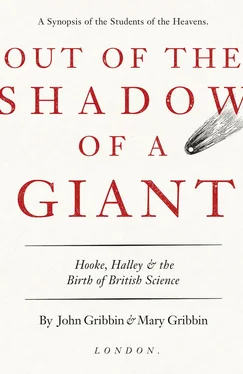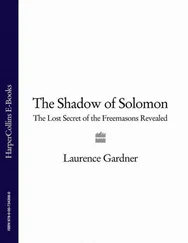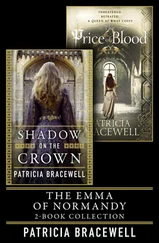So far, so good. This outline is essentially the story we expected to tell. But as we delved into the historical material, we found that the importance of Hooke and Halley is even greater than we had anticipated, while Newton turned out to have feet of clay. Newton got some of his best ideas – including ‘Newton’s First Law’ of motion, and the idea of gravity as a universal attractive force – from Hooke, and shamelessly took credit for them. He is known to have lied about his priority more than once, and to have deliberately tried to write Hooke out of the story. But he was only in a position to do so thanks to Halley. Preferring the quiet life as a reclusive Cambridge academic to the rough and tumble of scientific debate in Restoration England, fn1Newton would have remained an obscure minor figure, remembered in the footnotes of science only for his (incorrect) theory of light, if Halley had not first prodded him into writing his masterpiece, the Principia , and then paid for its publication out of his own pocket. Without Hooke and Halley, we might never have heard of Newton. Without Newton, we would have heard a lot more about Hooke, in particular, and Halley. The legend that grew up about Newton was largely Newton’s invention, and became regarded as fact. For some three hundred years Newton has been venerated in the spirit of the famous line from the movie The Man Who Shot Liberty Valence – ‘When the legend becomes fact, print the legend.’ But it is our intention to print the facts.
We tell the story from the perspective of the intertwined lives of Hooke and Halley, from 1635–1742, starting with the birth of Hooke and taking his story forward, then picking up Halley’s story and carrying both forward. The greatest overlap concerns the time when Hooke and Halley were involved in stimulating Newton’s greatest work, which we describe both from Hooke’s perspective (Chapter Seven) and from Halley’s perspective (Chapter Eight); this inevitably involves some repetition, but by dealing with this from the different perspectives we hope to make their intertwined relationships clear. Along the way, we also describe their interactions with other scientists, not just Newton. And we will leave them, we hope, basking in the sunlight of the recognition they deserve.
The key development in seventeenth-century science, certainly in Britain and arguably in the world, was the establishment of the Royal Society in the 1660s. It was through the Royal Society that Hooke, Halley and Newton met and interacted with each other. Before then, there had been individual scientific pioneers, notably the philosopher Francis Bacon and the experimenters William Gilbert and Galileo Galilei. But the Royal provided a forum for those of a scientific bent to meet, discuss ideas and experiment, as well as being a kind of clearing house for scientific information gathered through a network of correspondents. It was Robert Hooke, more than anyone else, who made the society a success in its early days, when without his enthusiasm, hard work and skill it might have foundered. But to put this in context, we need to begin before Newton, Halley or the Royal Society were even conceived, as Hooke’s early life brings out the changes in British society around the time of the Civil War and paved the way for a scientific revolution.
John Gribbin
Mary Gribbin
November 2016
Until 1752, the English used the old Julian calendar, which was ten days behind the Gregorian calendar (our modern calendar) used across mainland Europe, which had been introduced because the calendar dates on the old calendar had gradually slipped out of sequence with the seasons. Hooke and Halley therefore used Julian (‘Old Style’ or OS) dates, and we have kept these except where we have indicated ‘New Style’ (NS). At the time, the New Year officially began on 25 March, the start of the tax year, but most people, as today, regarded 1 January as the start of the year. Astronomers, in particular, dated the new year from 1 January, and as both Robert Hooke and Edmond Halley were astronomers, that is good enough for us. In some sources, dates between 1 January and 24 March are written with both numbers, as for example 1650/1, but we give all our dates assuming the year began on 1 January.
Конец ознакомительного фрагмента.
Текст предоставлен ООО «ЛитРес».
Прочитайте эту книгу целиком, купив полную легальную версию на ЛитРес.
Безопасно оплатить книгу можно банковской картой Visa, MasterCard, Maestro, со счета мобильного телефона, с платежного терминала, в салоне МТС или Связной, через PayPal, WebMoney, Яндекс.Деньги, QIWI Кошелек, бонусными картами или другим удобным Вам способом.












